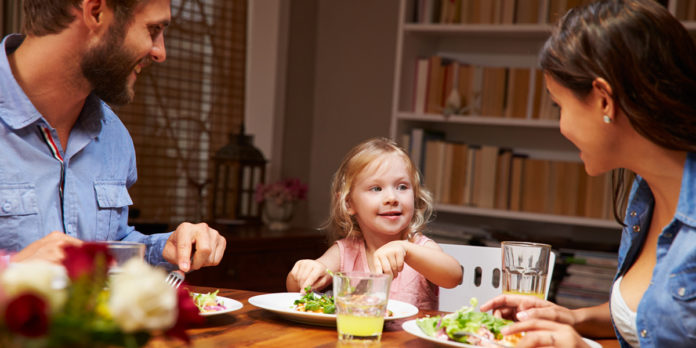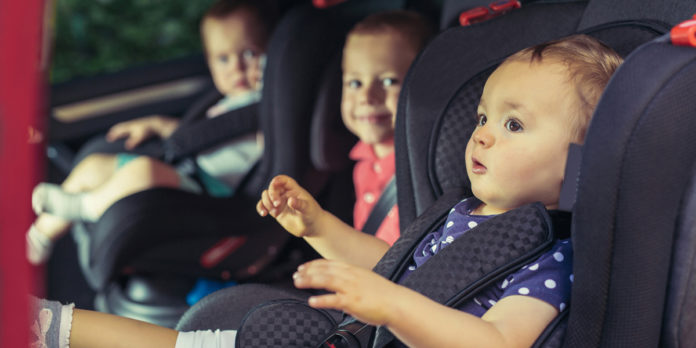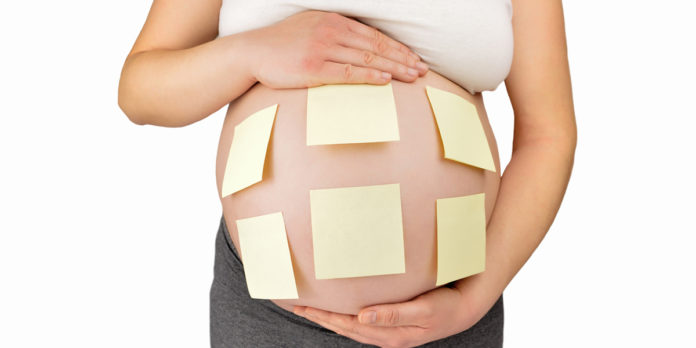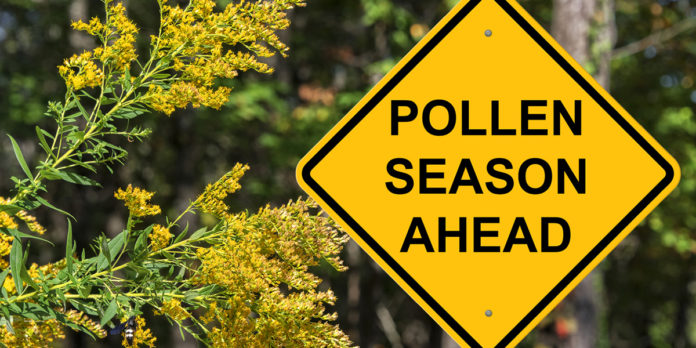Australian researchers have identified that our children are not involved in enough muscle-building activity and are still failing to meet the recommended amount of daily physical activity to ensure good health now and later in life.
Delivering their research at the Movement to Move Event in Adelaide, they say muscle strength is key to enjoying and becoming competent in a wide range of sports and play activities and vital for strong bone development and overall good health.
According to lead researcher and Co-Chair of Active Health Kids Australia (AHKA), UniSA’s Dr Natasha Schranz, developing children’s muscular fitness is not about going to the gym or lifting weights.
“What children are missing out on is all the fun and muscle-building benefits of simple things like doing cartwheels, jumping, hopping, climbing and body weight movements including squats, pushing and pulling,” Dr Schranz says.
“As children’s lives increasingly revolve around indoor spaces and the routine of school and home, natural physical adventure play has gone by the wayside.
“Highly accessible games from the past, like hopscotch, skipping rope, elastics and rough and tumble play have pretty much disappeared.
“Traditional sports such as basketball, gymnastics, volleyball, tennis, and many athletic events both rely on, and develop muscular fitness but we are seeing a decline in performance compared to previous generations.”
According to the Active Healthy Kids Australia 2018 report card, a comprehensive biennial assessment of the factors influencing the physical activity and fitness of Australian children from birth to 17 years of age, today’s kids can’t jump as far as children did 30 years ago and are failing to improve their overall fitness.
AHKA partners and Movement to Move Event supporters, Sport Australia and the National Heart Foundation of Australia believe national, coordinated responses to the report will help to support change in the community with the goal of improved fitness for Australian kids and better health outcomes for the nation.
Sport Australia has made a bold commitment to reduce inactivity by 15 per cent by 2030.
“We would love young people to be more involved in sport, but parents should not discount the importance of play. Playing for, and with children puts them on track for developing stronger physical literacy and a lifelong love of sport and physical activity.” CEO of Sport Australia, Kate Palmer says.
“With 1 in 4 children being overweight or obese it is vital we get our kids moving again. Let’s target 60 minutes of heartrate-raising physical activity a day.”
For the third consecutive assessment period, overall physical activity levels for Australian children have flatlined at a D-.
Dr Schranz says the focus this year on muscular fitness is in addition to the need for more ‘huff and puff’ aerobic activity and greater encouragement for children to simply move more and more often.
“While we have seen some improvement in how schools are encouraging more physical activity, we have also seen the results decline slightly for active transport use (walking, scooting cycling), and their overall physical fitness,” Dr Schranz says.
“It is clear from these results that improving the fitness and consequent good physical health of Australian children and young people is a challenge that we have to take on for the long term as parents and grandparents, carers, teachers, coaches, and leaders at all levels of the community.
“That means in everything we do – from providing more opportunities for kids to be physically active at home or at school, to considering what kind of environments we create and how we invest in community health – we need to consider what improvements we can make that will encourage more activity.”
Results of the AHKA 2018 Report Card were released as part of the international Movement to Move Event in Adelaide, to align with the release of the 2018 Global Matrix 3.0 which offers a global comparison of the factors supporting physical activity across 49 countries.
Director of Active Living Trevor Shilton from the Heart Foundation says there are now clear guidelines on how much and what kind of activity children should be doing every day and it is up to all of us to promote that knowledge and encourage that activity.
“Today’s hurried lifestyles, our anxieties about the appropriate supervision of our children and the advent of new technologies that have replaced much of what used to occupy children physically, with passive screen-based activity, have eroded opportunities for children to be as active as they should be,” Prof Shilton says.
“Meanwhile, the Heart Foundation’s long-running Jump Rope for Heart program, which attracts more than 300,000 students across Australia each year, is helping to develop important fundamental movement skills, strength and fitness in kids.”
More information about the 2018 AHKA Report Card is available here and you can see how Australia is shaping up internationally here as a part of the Active Healthy Kids Global Alliance Global Matrix 3.0.
Background information
Active Healthy Kids Australia (AHKA) is a collaboration among Australian children’s physical activity and health researchers (13 researchers from nine universities), which is led by a team from the University of South Australia (the Lead Research University for the Report Card and the Administering Organisation of AHKA). Active Healthy Kids Australia comprises the AHKA Research Working Group (RWG) and Executive Committee.
The primary goal of AHKA is to advocate for ways in which physical activity can be increased among Australian children and young people, using the Physical Activity Report Card for Children and Young People as the core monitoring metric.
AHKA top 3 priorities for kids’ physical activity
- All Australian families need to be able to access practical advice, examples and opportunities that will support children to meet the 24-hour movement guidelines every day. All physical activity messaging should include real ways that children and young people can incorporate more activity into their daily routines with the inclusion of parents/carers and siblings. These suggestions need to include a variety of activities that would appeal to a broad audience with varying interest and abilities and include both aerobic and strength-based examples. Families also need to be supported and educated about how they can limit sedentary screen time and how to encourage good sleep habits with a focus on early to bed and early to rise.
- National funding for comprehensive school physical activity programs that would support and allow for the following:
- A national school physical activity policy that specifies that students need to be given the opportunity to engage in a minimum of 150 minutes per week of organised physical activity, with physical education as a core component. This should include implementation strategies and accountability for schools.
- Every primary and secondary school to have a tertiary qualified health and physical education teacher that delivers physical education classes to all students and supports classroom teachers to engage students in physical activity throughout the school day.
- Students to be provided with ample time and appealing spaces during recess and lunch to engage in free and active play.
- National funding for routine and regular surveillance of physical activity and fitness (aerobic and muscular) of all Australians, including consensus on measurement methods among states and their government departments.
(Source: University of South Australia)














